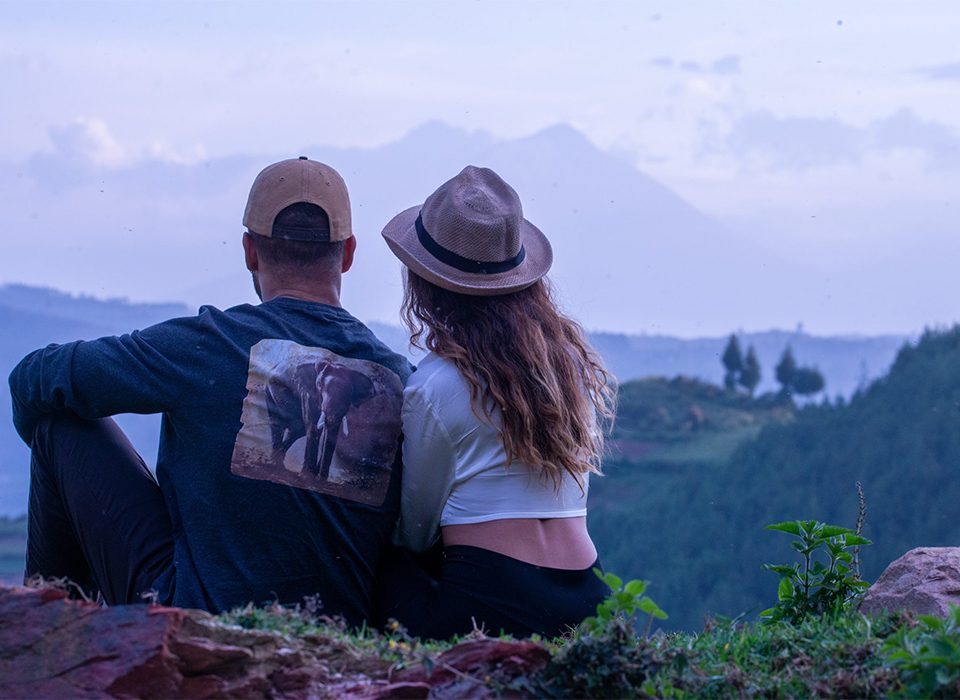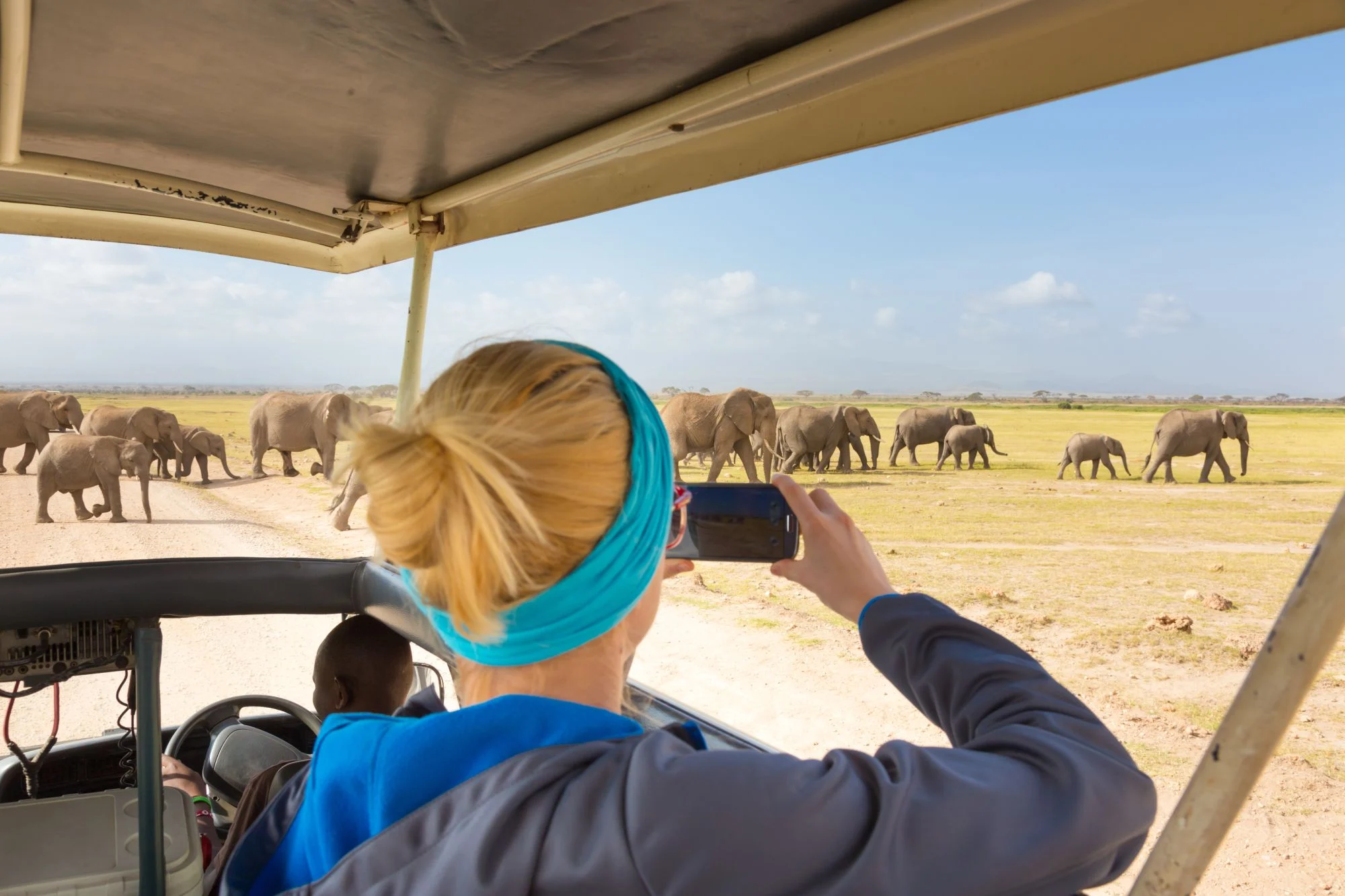What to do on a Honeymoon in Bwindi National Park? Bwindi Impenetrable National Park is…
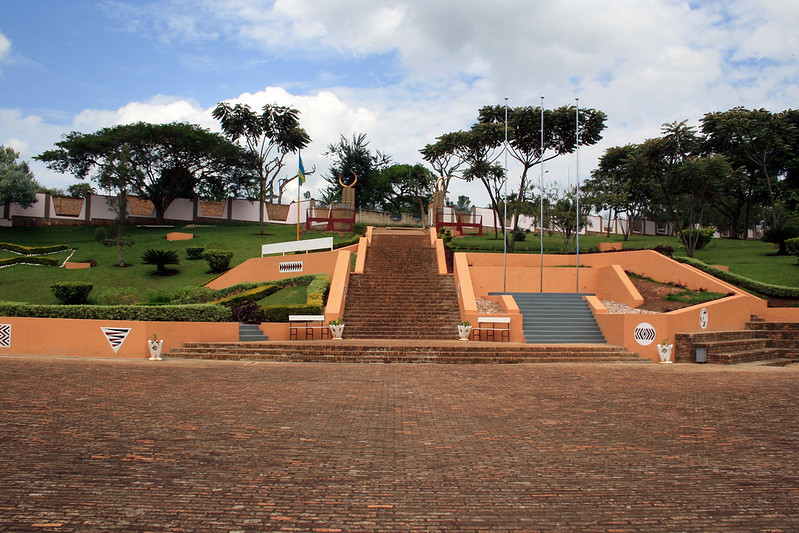
Exploring Ethnographic Museum in Butare
Exploring Ethnographic Museum in Butare
Ethnographic Museum in Rwanda is a well-know spot hat many people visit when exploring the country’s culture. This museum was founded in 1873, and it was later destroyed during the World War 11. The people who survived were put in a permanent home in 1970. This museum has got over 500000 people from around the globe. Ethnographic Museum of Rwanda, also called Inzu ndangamurage in Kinyarwanda, is the largest museum in the country. It is situated in Butare, about 35 kilometers from Kigali city center. The museum displays a wide collection of old artifacts, traditions, and cultural history of Rwanda. Many visitors come to see these historical items, which help generate income for the museum. This makes tourists happy and encourages them to visit again in the future.
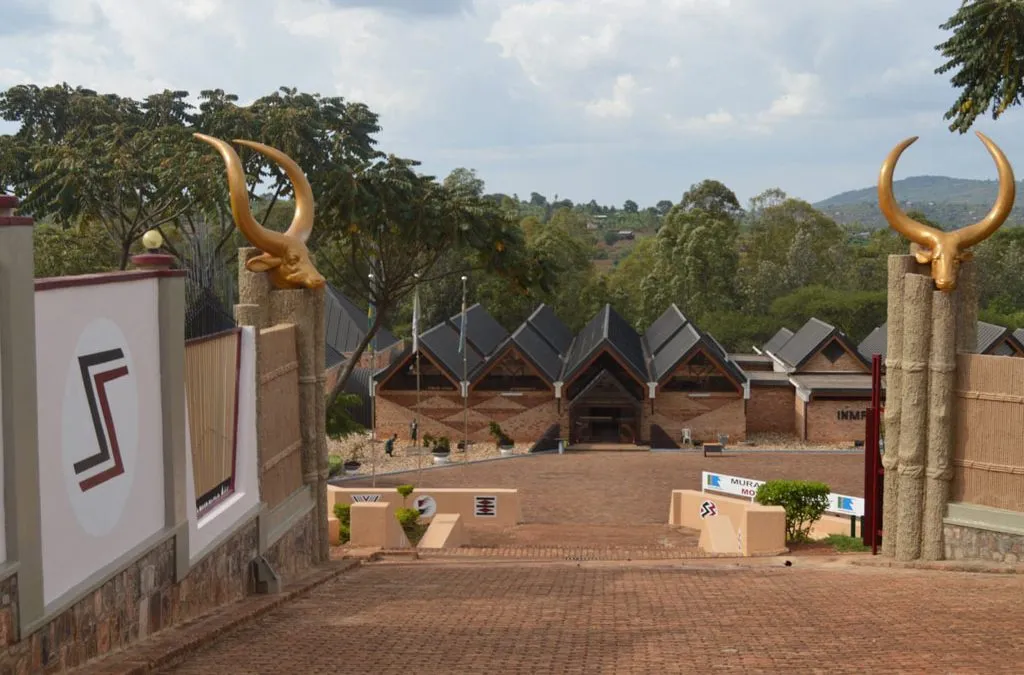
Rwanda is a stunning and peaceful country that often leaves fist-time tourists in awe of its natural beauty. The streets oof Kigali are especially clean and inviting. When visiting Rwanda, travelers often explore famous places like Volcanoes National Park, Gishwati-Mukura National Park, Nyungwe Forest, and Akagera National Park. All these amazing sites can be enjoyed during a safari or tour in Rwanda.
Rwanda is a country that faced a difficulty history, especially during the tragic 1994, where many lives were lost. Despite this, Rwanda has made great progress and is now one of the faster-growing economies in Africa. A big part of this success comes from tourism, which brings in much of the county’s foreign income. Rwanda is among the top destinations in Africa for gorilla trekking activities, making it a top spot in Africa for wildlife safaris.
If you visit Rwanda, you shouldn’t miss exploring its rich culture. One important cultural site is the museum, which is also known as the National Museum of Rwanda. It’s located in Butare town, in Huye district, just a kilometer from Kigali City. The museum is one of six national museums supported by the Institute of National Museums of Rwanda.
The museum was built with help from Belgian government and opened to visitors in1989. Its main purpose is t preserve and showcase Rwanda’s culture and history, going back to the days when country was ruled by kings. this museum was opened to the general public as a tourist site. The main aim of constructing the Ethnographic Museum, was to conserve the Rwandan culture, her rich historical past that dates back to the days when the country was still a monarchy, under the governance of traditional kings. Inside, there are 7 different sections, each with unique cultural and historical items. Visitors can buy souvenirs at the gift shop to remember their trip.
The first hall is the main entrance contains a photo for exhibitions which is made up of shelves where you will find a number of traditional handcrafts on sale. The second part of museum features geological displays like relief map, which shows detailed information of Rwanda’s landscape. The third room shows a display items that are used by the long-ago people of Rwanda such as hunting and gathering, farming and cattle keeping among others. At this room, a traveler will get an opportunity to know how important their items including the social importance of animal rearing. The fourth room displays handmade crafts such as woven baskets, mats, woodwork, and pottery, which were used in everyday life. The fifth room is where you will be filled with a lot of exciting fascinating styles and methods of traditional architecture and showcases how they build a traditional hut known as Kagondo hut. The sixth room presents traditional Rwandan games and sports, along with the costumes and tools used in dance and festivities. Lastly, the seventh room is where all information about the traditional culture, beliefs and customs, history, oral tradition and poetry as well as the supernatural life of the Rwandans are displayed
When you walk into the Ethnographic Museum, you’ll see a collection of photos and pictures that show Rwanda’s traditional cultures and beliefs. At the start, there are exhibits about the environment, land, and geological history of the area. As you explore further, you’ll find objects used in different activities like farming, livestock, beekeeping, hunting —including a remarkable leopard trap, pottery, weaving, fishing, basketry and woodworking. The museum also displays traditional clothing and jewellery, along with the famous Intore dance costumes. Additionally, there are displays that depict how people lived long ago and how their communities were organized, giving a vivid picture of the beautiful way of life of traditional Rwandans.
The ethnographic museum welcomes visitors all year round, from 8 am in the morning until 6pm in the evening. It’s closed on April 7th for the Genocide Memorial Day and on ‘Umuganda’ days, when locals participate in community service from 11 am to 6 pm.
Visiting the Ethnographic Museum gives tourist a deep understanding of Rwanda’s history, cultural and religion. it’s a great place for school trips, research, or just learning about the local traditions. The museum is also a popular destination for meetings, cultural performances, and dance shows, where visitors can even join in the dancing.
History of the Ethnographic Museum.
The history of Ethnographic Museums can be undertaken in simple terms as a story how people have collected and shared objects from different cultures over times. Today, these museums are often seen as places where communities work together and share their additions, especially those that are part of our intangible cultural heritage—things like music, dance, and stories that are passed down orally.
The roots of ethnographic museum go back to the age of European exploration in the 16th and 17th centuries. During this time, Europeans traveled around the world and brough back plants, animals, fossils and minerals, and items from indigenous people and cultures. Wealthy collectors started creating private collections called cabinets of curiosities, which were filled with interesting and strange objects from distant lands. These collections reflected the collectors’ views of the world and often viewed the cultures they collected from as primitive, regardless of how advanced those societies were.
In the 19th century, these private collections began to form the basis of national Ethnographic Museums in Europe. For example, Denmark’s oldest Ethnographic Collection come from the Royal Cabinet called the Kunstkammer, established in the 17th and 18th centuries, which held objects from non-European cultures. Russia’s first museum, created by Peter the Great in the 18th century, also started with natural history items and later added collections from native peoples.
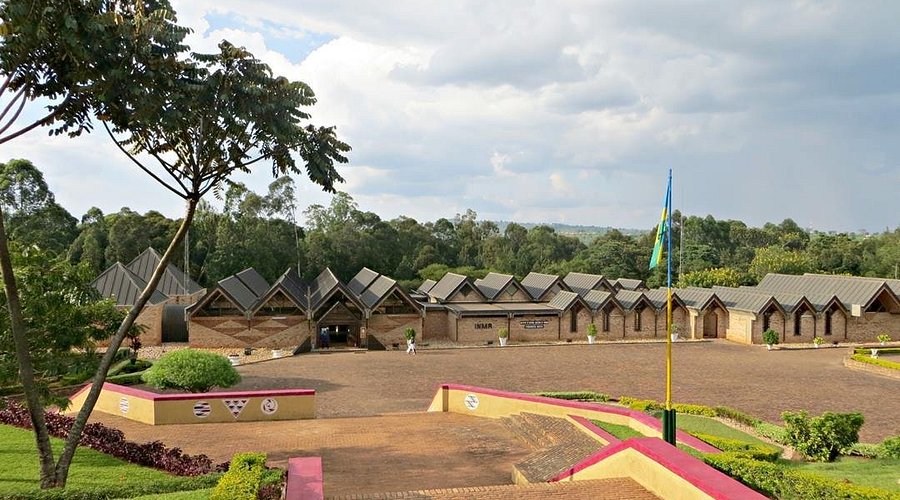
Throughout the 20th century, many ethnographic museums kept the traditional style of display, which mainly showcased beautiful objects without much explanation or context. By the mid-20th century, museums started organizing their collections more systematically, often grouping items by their country of origin. In conclusion, the displays totalled to densely presented open storage. This knowledge was got from the museum’s curators
How to get Ethnographic Museum in Butare
Visitors planning to visit the ethnographic museum in Butare should expect to drive around one hour and a half from Kigali City. Alternatively, visitors can take a motorcycle, commonly called boda boda or taxi moto, which is the fastest and most convenient way for visitors to get to the museum, and also explore the city.
Accommodations near the Ethnographic Museum
Lodge option near the ethnographic museum in Butare includes Motel Mont Huye, Four Steps Hotel, Emmaus Hotel, KU House, Light House Hotel, Heroes Motel, Twinga Hotel, Kitabi EcoCenter, Semuhungu Apartments, B And B Hotel Torun, Apartamenty Prosta 12, Mona Lisa, And Hotel Nicolaus among others.
A trip to the Ethnographic Museum in Butare can easily be combined with a city tour of Kigali city, gorilla trekking in Volcanoes National Park, Chimpanzee trekking in Nyungwe national park, a game drive in Akagera national park, or experiencing local culture through various tours.


